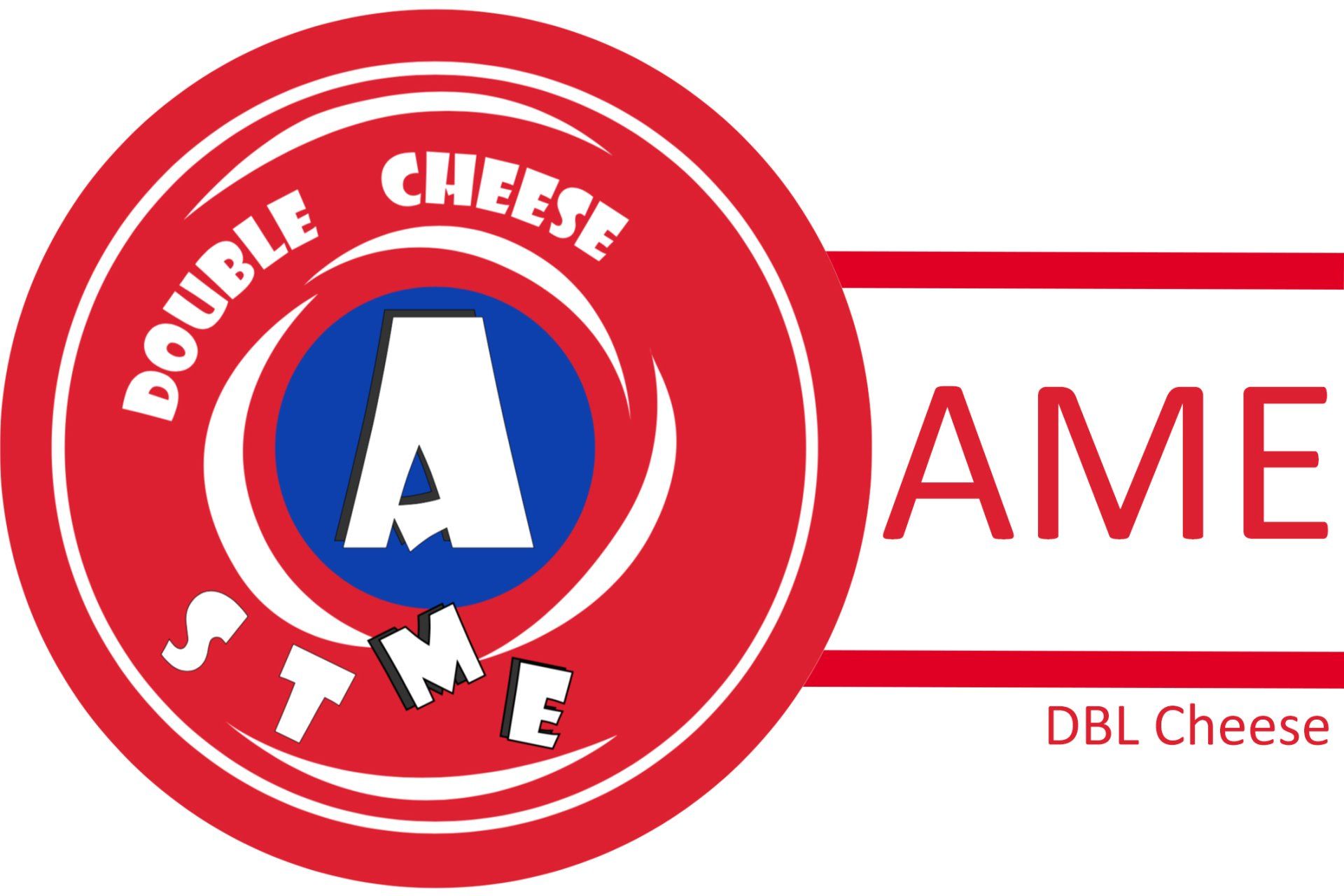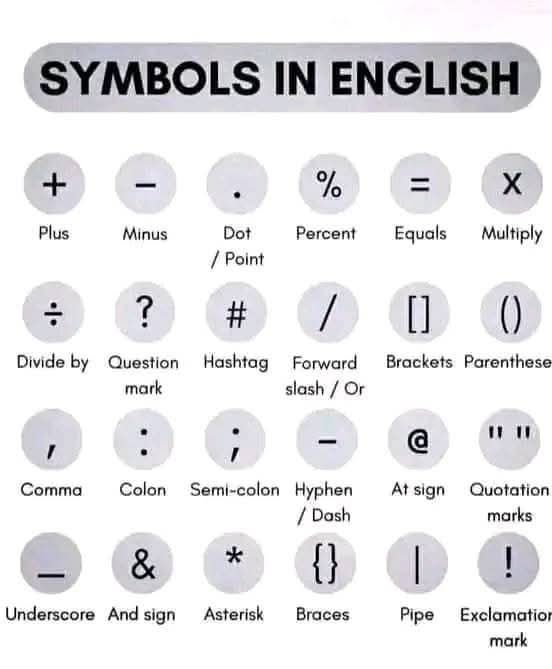【Punctuation】Complete Guide! Master the usage of 16 punctuation marks at once
Date of publication: 30/01/2025
Although punctuation marks may seem insignificant, they play a vital role in writing. The correct use of punctuation not only helps children improve their reading comprehension, but also makes their writing clearer and easier to understand! This article will comprehensively introduce 16 punctuation marks to help parents and children easily master the usage of punctuation marks.
Who invented punctuation?
In 1919, the May Fourth Movement jointly proposed the "New Punctuation Proposal", arguing that the punctuation marks used in China in the past could not easily make people understand the text, and proposed to refer to the common symbols of foreign countries to popularize them in education. Finally, the government published "The Usage of Punctuation" in 1951, increasing the number of punctuation marks from 14 to 16, all modern commonly used punctuation marks.
Why is punctuation important?
Punctuation marks have three core functions in Chinese writing:
- Improve readability: Punctuation can make sentence structure clearer and help readers understand the content quickly.
- Accurately express tone and emotion: Symbols such as question marks and exclamation marks can express emotions such as doubt and surprise.
- Avoid misunderstandings: Correct use of punctuation prevents ambiguity and ensures that the meaning of a sentence is accurate.
Detailed explanation of 16 punctuation marks
Let us learn about the functions and usage of 16 punctuation marks one by one, so that children will no longer have to worry about writing!
1. Period (.)
Usage: Indicates the end of a declarative or imperative sentence. Example: Today is Friday.
2. Question mark (?)
Usage: Used at the end of a question sentence to express inquiry or uncertainty. Example: Have you eaten?
3. Exclamation mark (!)
Usage: To express strong emotions, such as surprise, command, or shout. Example: Run!
4. Comma (,)
Usage: to mark pauses within a sentence, to separate words or clauses. Example: Today is sunny and suitable for outdoor activities.
5. Comma (、)
Usage: To indicate a pause between parallel words. Example: I like apples, bananas and oranges.
[What is Mathematical Olympiad] Teacher explains 4 reasons why Mathematical Olympiad makes children smarter
0
We encourage children to participate in various mathematics competitions around the world. In addition to winning awards and having a more gorgeous portfolio, it also allows children to see the big scene, enhance their self-confidence and stress resistance, and accumulate international mathematics competition experience, which will also be of great help for future studies or interviews.
We hold different international mathematics competition courses, and also organize international mathematics competitions for the children who participate in the courses. Interested children should register as soon as possible, 16 classes to prepare for the competition, 24 classes to strive for medals🏆🥇🥈🥉
** Last year, the AME Diamond Team defeated 3,369 math experts in North America and won the No.1 spot in North American Mathematics.
6. Semicolon (;)
Usage: To separate parallel clauses, the degree of pause is between that of a comma and a period. Example: Studying hard is the key to success; perseverance is the key to achieving your goals.
7. Colon (:)
Usage: Used to indicate the following text or summarize the previous text. Example: She told me a secret: she was going on a trip.
8. Quotation marks ("", "")
Usage: To indicate quoted content or special words. Example: The teacher said, "Learning is the best investment."
9. Brackets ((), [])
Usage: Supplementary instructions or additional information. Example: He (Xiao Ming’s brother) is an excellent student.
10. Dash (—)
Usage: To indicate explanation, emphasis, or interruption of speech. Example: This is our goal—success.
11. Ellipsis (…)
Usage: Indicates omission or unfinished speech. Example: I hesitated, then said... okay.
12. Emphasis (‧)
Usage: To indicate words that require special attention. Example: Hard work is the key to success.
13. Hyphen (—, ~)
Usage: Connect related words or indicate scope. Example: 2024-2025 academic year.
14. Spacer (‧)
Usage: Used to separate foreign names or book titles from article titles. Example: Michael Jordan.
15. Book title marks (《》)
Usage: To indicate the title of a book, article or publication. Example: "Romance of the Three Kingdoms" is a famous Chinese classical novel.
16. Proper name mark (﹏﹏)
Usage: To indicate a person’s name, place name or dynasty name. Example: Li Bai was a poet in the Tang Dynasty.
Powered by AME





